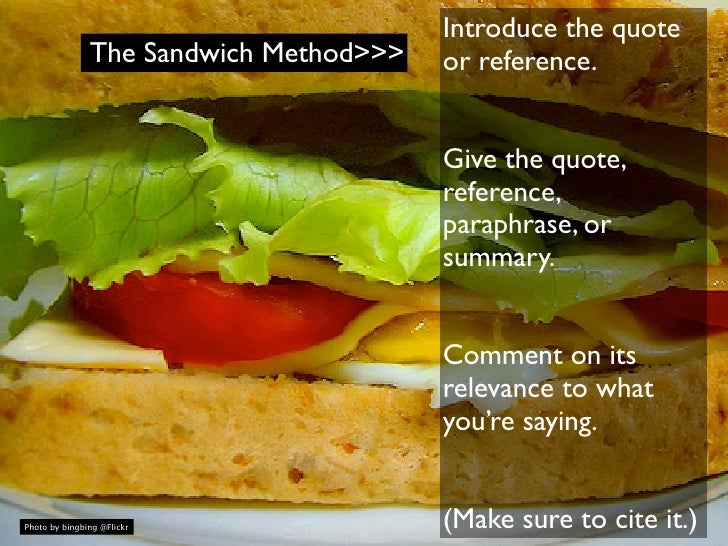 |
| Photo of Stanley Fish |
In my first year English class at Ohio State University Newark (OSUN), I have observed many students in their tutoring sessions at the Writer's Studio, in an attempt to answer the question, "What makes a college level writing college level?". Throughout these observations I noticed that quote integration can help a student immensely in supporting arguments, and or points throughout their paper. Quotes do this by adding the view of a professional, or experienced individual to your supporting paragraphs.
 |
| Photo from source |
The relevance and placement of a quote is important, they need to be positioned in the paragraph in places where they will support your writing, and also give it a well-blended sense of harmony. During an interview with a PWC, I asked whether adding a quote at the beginning or end of a paragraph is acceptable. She stated, “Sometimes it can cause a memorable affect, but the majority of the time it doesn’t work.” what she implied is that these positions do not provide the quote with both an introduction, and explanation as to why it is included.
With out a proper introduction to a quote,it will seem as if it stands alone. One particular student I observed was having trouble figuring out how to bring quotes into his essay to support his topic. The peer writing consultant, (PWC) asked him how many sources he had to work with. The student answered that he had six sources, all articles. The PWC then helped the student identify some of his pre-selected quotes from these sources, that she felt they could easily introduce alongside of the main idea of the paragraph. The two then discussed various aspects and rules of what to do, and what not to do when introducing a quote, such as using an introductory phrase, as appose to telling the reader that you have a quote and your about to state it.
Through my observations, and with the help of Ohio State Newark’s Peer Writing Consultants, I have been able to gather enough information to effectively write on the topic of quote integration. While proper sentence structure is a staple of quality college level writing that is overlooked by many pre-college instructors, I feel that adding evidence to our papers in order to support our arguments with the usage of properly placed, introduced, and explained quotes from professionals, is yet another staple of college level writing.I believe that this is equally overlooked by instructors prior to college along with sentence structure and grammar. With the help of these two tools, I believe that students will have a good start to being able to write with quality and authority throughout their college career.
No comments:
Post a Comment